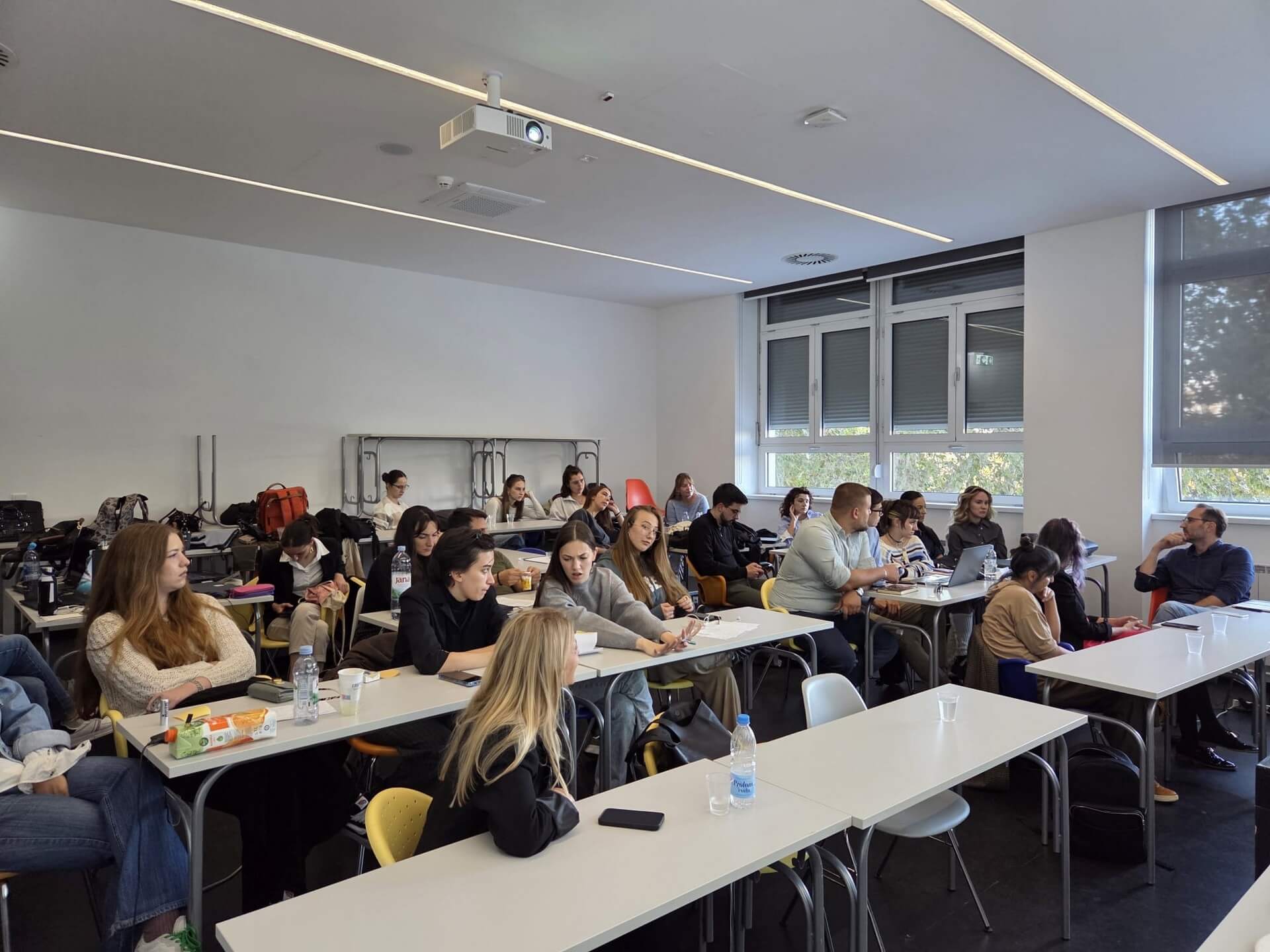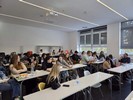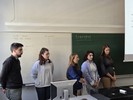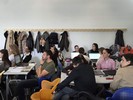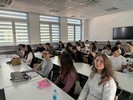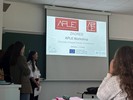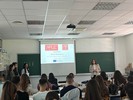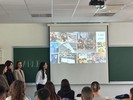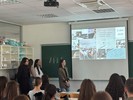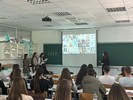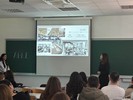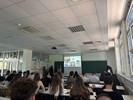APLE ERASMUS+ project
POP-UP_Workshop
ArchiMan
Exploring Human Dimensions in Architectural Management
29. September 01. October, 2025.
The three-day workshop was designed to encourage students from four partner universities to explore architectural management within real-world organizational contexts. During the workshop, students explored organizational structures and strategic development plans for an architectural firm. Insights from architectural firms of varying sizes (50+, 20+, 5+ and up to 5 employees) were used to gain practical knowledge and experience of the managerial role in architectural practice and education. Students also assessed whether the title of architect is necessary for a person in a managerial position in an architectural firm.
The main objective of the workshop is to develop a practical understanding of the principles of architectural management through direct engagement with the organizational and strategic contexts of architectural firms.
Students of the Faculty of Civil Engineering, Architecture and Geodesy of the University of Mostar – Marija Barbarić, Nika Barać, Romana Vidović, Barbara Lasić and Marta Herceg, participated in a student workshop at the Faculty of Architecture, University of Zagreb as part of the Erasmus+ project APLE, from 29. September to 01. October, 2025.
Today, 14 October 2025, these five students held a presentation about this workshop at the Faculty of Civil Engineering, Architecture and Geodesy. At the beginning of the presentation, Assistant professor Valerija Kopilaš, Ph.D., head of the FGAG team for the APLE project, introduced the students about Erasmus+ project APLE. After that, these five students described in detail the activities and experiences from workshop in Zagreb.
First day students listened lectures about Architectural Management Basics (project lifecycle, resource management, roles, responsibilities, schedule, risks, finances) and digital technologies (BIM, virtual labs, BI analysis tools). This was followed by company presentations. In brief, representatives of five architectural firms (sizes: small S, medium M, large L) described their organizational structures, challenges, and growth strategies.
The students were divided into five groups, and each group visited one architectural office. This was the basis for them to create an organizational chart of the current state of the company. Initial interviews and sets of questions and answers with company representatives were very important in order to understand the daily operations, management structures and growth strategies of the company.
Then, they conducted an analysis for the current management strategy of each company. In addition to the company's organizational charts, the students analyzed the architectural organization of the office space and the decision-making hierarchy.
The second day of the workshop covered the strategic development of the architectural office. The students theoretically proposed restructuring strategies to improve the company's work.
On the third day, the workshop presentation and strategic documentation were prepared. Based on the results of the previous workshops, personal ambitions or plans, the students defined their future organizational models and strategies, ensuring coherence, feasibility and efficiency.
Valerija Kopilaš, Ph.D.





